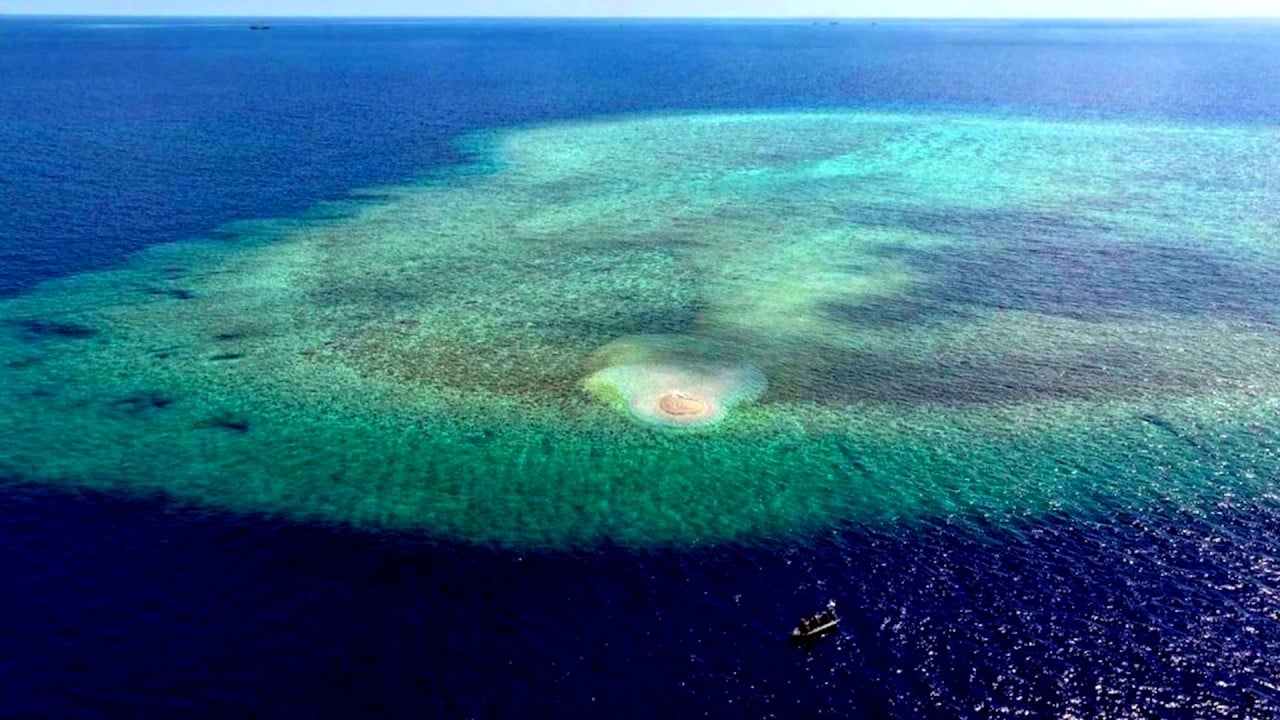China rebukes Philippines, denies blocking medical evacuation from Second Thomas Shoal
Chinese coastguard spokesman Gan Yu said in the statement: “The relevant Philippine parties ignored the facts, maliciously hyped up [accusations], and deliberately misled international cognition”.
“The Chinese coastguard will continue to carry out rights protection and law enforcement activities in China’s jurisdictional waters in accordance with the law, and resolutely safeguard the country’s territorial sovereignty and maritime rights and interests,” Gan said.
He said China had “indisputable sovereignty” over the Nansha Islands, also known as the Spratly Islands, including Renai Reef and its surrounding waters.
Renai Reef – which is also known as Second Thomas Shoal or in the Philippines as Ayungin Shoal – is within the 200-nautical mile (370km) exclusive economic zone of the Philippines but is also claimed by China.
A month ago, the Philippine coastguard accused its Chinese counterpart of blocking a medical evacuation from the warship, calling the actions “barbaric and inhumane”.
“The Philippines should remove the warship and eliminate the source of the pollution to avoid persistent and cumulative harm to the coral reef ecosystem of Renai Reef,” the ministry said.
It said its latest conclusion was drawn from assessments based on satellite sensing technology and on-the-spot studies conducted from April to June this year.
